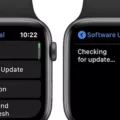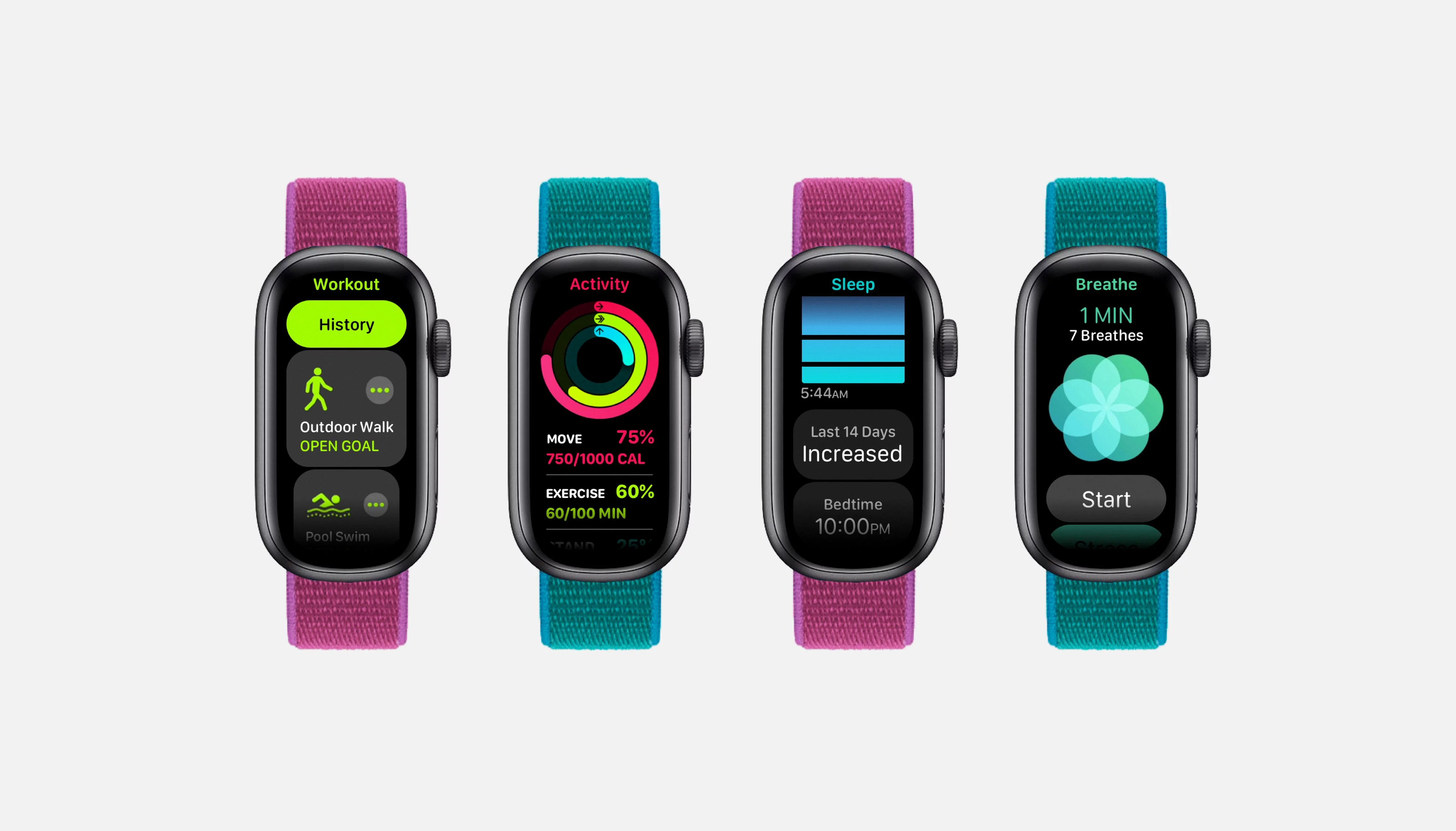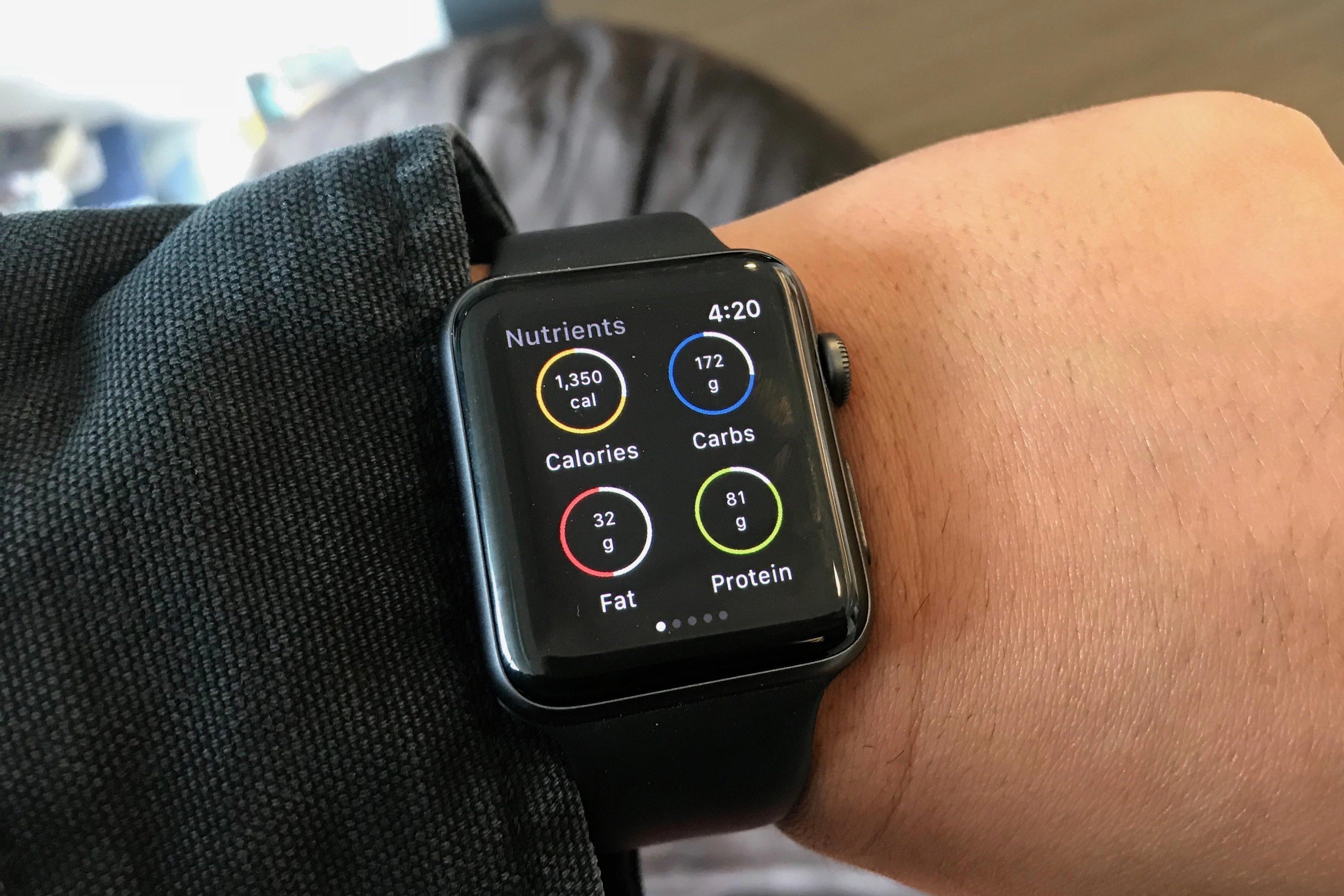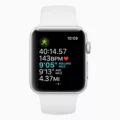If you’re looking to get into a regular exercise routine and reach your health goals, one of the most important things to consider is your move goal. Move goals are the number of active calories you should aim to burn each day in order to build up your fitness level and reach a healthier lifestyle.
So how do you know what your move goal should be? The answer to this question really depends on where you are starting from. If you are relatively sedentary, then a good starting point would be to aim for around 200-300 active calories burned per day. This is the equivalent of walking for 30-60 minutes at a moderate pace. If you are already reasonably active, then you may want to aim for around 400-500 active calories burned per day.
To help determine what your move goal should be, it’s important to calculate your basal metabolic rate (BMR). Your BMR is an estimate of how many calories your body burns at rest in a day. Once you have calculated this number, use the following guidelines to help decide on an appropriate move goal:
– For those who are sedentary (little or no exercise), aim for BMR x 1.2
– For those who are lightly active (light exercise/sports 1-3 days/week), aim for BMR x 1.375
– For those who are moderately active (moderate exercise/sports 3-5 days/week), aim for BMR x 1.55
– For those who are very active (hard exercise/sports 6-7 days a week), aim for BMR x 1.725
It’s important to remember that while some people may regularly burn more than 1,000 calories a day exercising, it’s not advisable to try and hit this target if weight loss is the primary focus without replenishing the body properly after workouts. To ensure that your body is getting all the necessary nutrients and energy it needs, make sure that whatever move goal you set yourself fits into a healthy lifestyle plan with adequate nutrition and rest time too!
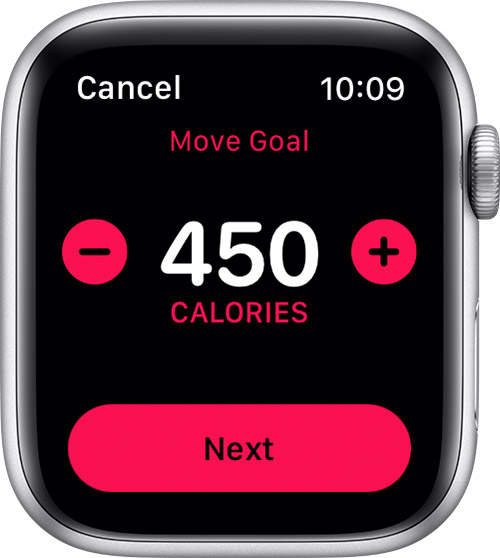
Setting Realistic Move Goals on Apple Watch
A realistic goal for Apple Watch users is to aim for 30 minutes of active calorie burn per day. This could be achieved by a combination of walking, running, biking, or other activities that involve moderate to vigorous intensity for at least 10 minutes at a time. Additionally, it’s recommended to set specific goals that are tailored to your fitness level and personal preferences. For example, running 1 mile per day or doing 20 minutes of yoga each day can be great achievable goals. Finally, it’s important to remember that consistency is key; even if you don’t hit your goal every single day, regular physical activity will help improve your overall fitness and health.
Determining a Move Goal
To determine your move goal, you will need to first calculate your Basal Metabolic Rate (BMR). This is the amount of energy (calories) your body needs at rest to carry out its normal functions. To calculate your BMR, you can use an online calculator or a formula such as the Harris-Benedict Equation.
Once you have calculated your BMR, you can then use the following equation to determine your move goal:
Sedentary (little or no exercise)= BMR x 1.2
Lightly active (light exercise/sports 1-3 days/week)= BMR x 1.375
Moderately active (moderate exercise/sports 3-5 days/week)= BMR x 1.55
Very active (hard exercise/sports 6-7 days a week)= BMR x 1.725
Your move goal is an important part of any fitness plan, as it helps determine the number of calories you should be consuming in order to achieve your desired results. It’s important to remember that everyone’s needs are different, so it’s important to speak with a healthcare professional or dietician if you have any questions or concerns regarding your move goal.
Is a 1000-calorie Move Goal Beneficial?
A 1000-calorie move goal is not always a good idea. It can be beneficial if you are an active person and regularly burn more than 1000 calories a day through exercise. However, if your goal is to rapidly lose weight and you are not replenishing your body properly after working out, then it is not recommended. It is important to note that while burning 1000 calories will help you reach your weight loss goals, it can also cause long-term damage to your body if done incorrectly. For example, inadequate nutrition or hydration while exercising can lead to fatigue, dehydration, or even injury. Additionally, if you do not give your body adequate time to rest and recover after exercise, it can lead to overtraining and exhaustion. Therefore, before attempting any fitness goals involving large amounts of calorie burn, make sure that you have a proper diet and rest plan in place.
Conclusion
In conclusion, your move goal should be based on your current activity level and goals. For those who are sedentary, a good starting point is to aim for around 200-300 active calories burned per day. For those who are already moderately active, 400-500 active calories per day is a good target. It is important to note that burning more than 1,000 calories in a single workout session may not be the healthiest option if you’re looking to lose weight and don’t replenish your body properly after the workout.



